Project Case Studies
More people in the building means higher expectations for comfort, rising energy demands, and growing costs, especially in older buildings. At Trinity United Church in Grimsby, Ontario, this reality came to a head and, in response, upgraded its building to ensure their space could remain both welcoming and sustainable.
Responding to growing concerns about global warming, Camp Kee-Mo-Kee has made sustainability a strategic priority and has set out ambitious goals as part of its vision for the future.
Stamford Lane United Church (Niagara Falls) has made it a priority to ensure its longevity and sustainability of its church, and are committed to maintaining its building for the future.
Siloam United Church (London, ON) is stepping up as a local leader, with a goal to cut its operational carbon emissions by 15% annually over the next two years, for a total reduction of 30% by 2026.
Some renovation projects are talked about long before they happen. Salisbury United finally executes a long-anticipated upgrade of over 100 lights throughout its entire building.
Over the last decade, Five Oaks Centre (Paris, ON) has made significant upgrades to improve the energy efficiency and sustainability of its facilities. To further investment into its property, the Centre adopted a business model in 2016, introducing a commitment to develop a 5-year property rejuvenation plan.
In 2019, Fifth Avenue Memorial faced another critical project when its heating system unexpectedly failed. The scope of the replacement became larger than just simply swapping out its boiler and included a complete overhaul of its existing heating system.
In 2023, United Churches encountered an unexpected challenge when their boilers broke down, resulting in an urgent need to replace them. Glenwood United Church sources out Faithful Footprints funding to replace its boilers rapidly approaching the end of their 25-year lifespan.
With more than a decade of experience working on energy conservation projects, Runnymede United Church retrofits for greater energy savings, replacing ceiling fans and installing heat pumps.
Many renovation projects depend on outsourced grants and funding opportunities to complete, but raising the necessary funds can be challenging. However, St. Paul’s United Church in Oakville, Ontario, was confident that their congregants could rise to the challenge and come up with a significant sum of money for the lighting retrofit they were planning.
A mere 20 minutes from mainland Vancouver, Camp Fircom is a far cry from hectic city life. Located across the Howe Sound on Gambier Island, and accessible only by water taxi, the remote United Church camp has offered a “place of rest and healing” for 100 years.
Across regions, many faith communities are unable to meet annual fees and maintenance costs and are struggling to keep up with the operational needs of their buildings. As a solution, a number of United Church properties are retrofitting their buildings with the goal of reducing their energy bills. They are creating rental opportunities by renovating old and unused spaces within their buildings.
Like many churches across Canada, regular attendance is not what it used to be. In rural communities especially, an aging population and a global pandemic have also kept people away. Old Barns United in Lower Truro, Nova Scotia is no exception, averaging about thirty people every Sunday, according to Bob Francis, a member of the Board of Stewards and Trustees.
With a belief that God calls us to make a positive difference in the lives of others and in the world, Westworth United Church strives to be “the hands and feet of Christ within Westworth and beyond”. Living with respect for Creation, Westworth United took on two energy retrofit projects to green their sacred space.
The Sandy-Saulteaux Spiritual Centre is an accredited theological college located one mile east of Beausejour, Manitoba that offers cross-cultural learning and Indigenous ministry training, as well as a peaceful place on the land for retreats, meetings and gatherings. Its vision is to create a place where First Nations, Métis, Inuit, and Christian spiritual beliefs are respected, shared, and understood.
Following through with large-scale building renovations requires commitment and persistence, as there are many obstacles that are likely to arise. Financial barriers, resource shortages, and global issues can cause delays and even full on restructuring of project plans.
Without the right tools, resources and team in place, renovating and updating a faith community building can seem difficult and overwhelming. In the case of Topsail United Church in Conception Bay South, Newfoundland, a supportive church community was key to the success of the church’s first efforts at greening its building and reducing their energy footprint.
Camp Scugog is one of the oldest camps in Canada. Its buildings were not designed for all weather use. Camp staff knew that in order to maximize the use of the property, and expand capacity for winter operations, a building retrofit that involved installing a heating and cooling system to their property’s main facility was not only critical but necessary.
Nestled in a beautiful village at the feet of the Canadian Rockies, Ralph Connor Memorial United Church (RCMUC) in Canmore, Alberta has a 130 year old sanctuary and a 40 year old hall.
RCMUC’s Faithful Footprints story is one of how congregants’ connections and working together as a team led to incredible energy savings and conservation within their church building.
McClure United Church in Saskatoon is shining new light on its congregation.
Across the country, United Churches are doing their part to address the climate crisis by getting their houses in order and reducing their own carbon emissions. Through a partnership with Faith & the Common Good, the United Church of Canada is offering grants and support for churches to measure their energy use and reduce their climate pollution, in ways that save money and strengthen congregational renewal.
Across the country, United Churches are doing their part to address the climate crisis by getting their houses in order and reducing their own carbon emissions. Through a partnership with Faith & the Common Good, the United Church of Canada is offering grants and support for churches to measure their energy use and reduce their climate pollution, in ways that save money and strengthen congregational renewal.
In 2018, Crescent Fort Rouge United Church participated in a National Trust and Faith & The Common Good seminar in our building and benefitted from an energy audit. We discovered the possibility of a Faithful Footprints grant for energy upgrades which aligned perfectly with planning and built on our activities to date.
Over more than a decade, this small, thoughtful congregation in Northern Ontario has made some surprising headway in reducing their carbon footprint.
The Green Covenant asks them “to care for our neighbours, ourselves and all of Creation by: integrating the love of Creation in our worship and spiritual lives. We will lead by example and ask those who use our building to partner in this covenant.”
Mount Bruno United Church, in Saint-Bruno-de-Montarville, QC, has taken on the green challenge by taking a look at how they use energy in their building.
“We know we are doing things that outlive us, and that is what brings life to the world, and that is what brings life to the church.”
Little did we know how successful our program would be! We feel great to be providing this community compost opportunity and are already considering how we will respond to a need for even more compost capacity.
We are inspired by the Biblical call to be good stewards of the Earth and by the warnings from the International Panel on Climate Change. We have the means to be part of the healing of the Earth. Here is what we have done so far.
Climate Action and Advocacy
Energized by the success of their heat pump installation, Park Royal took on another efficiency project by installing an electric charging station for their minister.
After completing a retrofit project supported by a Faithful Footprints grant, Transcona Memorial United is continuing its greening efforts with $480,000 of federal funding for an ambitious energy efficiency and decarbonization upgrade.
Stephen Collette, Faithful Footprints program's Building Grant Manager, and Building Expert, delivered a compelling presentation titled 'Faithful Footprints – A National Decarbonizing Strategy for the United Church of Canada.' as part of the The National Trust Conference 2023: Transforming Heritage. Stephen offers a thoughtful retrospective of his conference experience, detailing the reactions and responses elicited during the event.
Accelerating the uptake of built environments that are all-electric, reducing energy demand, storing and sharing clean energy, and producing more energy than they use, will rely on deep retrofitting existing buildings as much as it will on designing new ones. Read more on historic buildings and The Energy Transition.
The United Church of Canada’s Prairie to Pine Regional Council is leading the way in advocating for climate justice. On June 3, 2023, Prairie to Pine Regional Council passed Faith Communities to Divest from Fossil Fuels, a proposal to further the region’s efforts in advocating for divestment.
Emissions reduction is the measurable reduction of the release of greenhouse gases (GHGs) like carbon into the atmosphere from a specified activity. Operational carbon, the amount of carbon emitted during the operating or in-use phase of a building, accounts for a large proportion of emissions released globally.
Now more than ever, collective effort is urgently needed to build on strong foundations which are rooted in creation care across our ministries. United Churches are setting an example of the importance of earth stewardship by putting their own homes in order.
In admiring the stunning Gothic cathedrals that overlook our downtown centres, we can all agree that places of worship hold our collective cultural heritage. But what about our smaller faith community buildings?
Our buildings, our spaces matter. There are, of course, the practicalities of making drafty rooms comfortable and bringing energy and climate costs down. But more than these issues, our spaces house and embody our values. They hold our gatherings, celebrations, prayers and sacred ceremonies and should reflect who we are and what matters to us.
When we think about the year 2050 and our climate goals of being carbon neutral in all of our activities, including operating our buildings, we often have this utopian vision of space age buildings. That vision is not what 2050 will look like; not even close.
As Canadians, when it comes to actions we can take to protect the climate, we automatically think about energy conservation. We head over to the local hardware store for some caulking, insulation, a new Energy Star window etc., to fix up our buildings that will in turn, help lower maintenance costs, save energy, and save the planet.
The more you learn about your building, the more you can save energy, minimize maintenance costs, and maximize the usage of your amazing faith community building.
The Alberta government has released the Energy Savings for Businesses (ESB), a new energy savings grant program that includes nonprofits and cooperatives. The great news is that faith communities qualify for this funding opportunity.
The United Church of Canada has committed to reducing its greenhouse gases by 80 percent by 2050, and local congregations across the country are already responding, aided by more than $3 million in available grant money from the denomination.
Volunteers, EAC staff and architects formed the ambitious project team responsible for the 2015-2016 renovation that doubled the office space within the building and cut the building’s energy consumption in half. Through the project, a great community was developped.
Partnering with Purpose Construction, as a support Hub in the Prairie region, Faithful Footprints is going beyond carbon reductions and working towards climate justice.
Educational
Choosing the right contractor can sometimes be a stressful decision. This blog shares four essential tips to ensure you know how to make an informed decision and hire the best contractor for your building project.
Many faith communities have buildings with exterior structures that are made out of wooden framing– hence low thermal mass. Without insulation between the walls, such buildings typically experience thermal heat loss. Find out what thermal mass and thermal insulation impact your faith building.
Wondering what energy efficiency has to do with emergency preparedness? Not knowing what our energy needs are makes it more challenging to manage or provide services. Depending on the service you would like to provide at times of extreme weather crisis, there are different building and energy systems to consider.
Hot and humid air is miserable for human comfort–deadly, even. That’s why, with summer upon us, Canadians are all looking at ways to beat the heat and stay cool within our buildings. Before chasing the newest technology (provided you can even afford it) it is worth considering the unique ways that some buildings can cool naturally, as well as quick and easy ways to keep the heat out.
We have been trained to think about energy efficiency best practices for buildings in terms of improving insulation. It’s an easy enough concept to understand because we can experience heat loss personally. However, we often overlook other influences that affect energy efficiency, such as air leakage. Learn more you can control air leakage in your faith building.
Why should faith community buildings switch to LED lights? Well, what really drives the goal of using LEDs is energy and cost savings. Changing your faith-building lights to LEDs will pay for themselves easily and quickly. Get to know some tips on getting started.
When we look at radiator systems with all the various parts, there are numerous opportunities to improve efficiencies. Learn how you can maximize what you have.
We all love to gather after worship and share food and drink together. It’s at these times that we grow as a community. For this reason alone, a major hub of activity in faith communities (post COVID) is the kitchen. So it is worth taking the time to look at the major energy consumers within this space in order to save some energy and money.
For faith communities, replacing a heating system is one of the single largest capital cost expenses (the other one is replacing the roof). Most congregational spaces have either boilers with radiators, or furnaces with ductwork that consume oil, gas or propane. While the typical lifespan may be 25 years for these appliances, I have seen many span decades of service.
One of the most beautiful experiences in religious services is the sound of a pipe organ filling a church, whether in a small wood framed, rural church, or a full size Casavant in a large Gothic, stone church. The sounds fill the building as well as one’s soul with joy.
Featured in
Newo Global Energy
Features: Trail United, Duncan United, St. Stephen’s United, Camp Fircom, St. George’s United, Courtenay, Trinity United, Creston, Nelson United, Comox United
United Church of Canada
Author: Rev. Melody Duncanson Hales
Features: Trinity United Church (Capreol, ON)
United Church of Canada
United Church of Canada
Author: Doug Daley, Greening Initiatives Lead, and Don Atkinson, Past Chair; St. Paul’s United Church (Orillia, ON)
KAIROS
Author: Lucy Cummings
Features: Beacon United Church (Yarmouth, NS), St. Paul’s United Church (Edmonton, AB), Purpose Construction

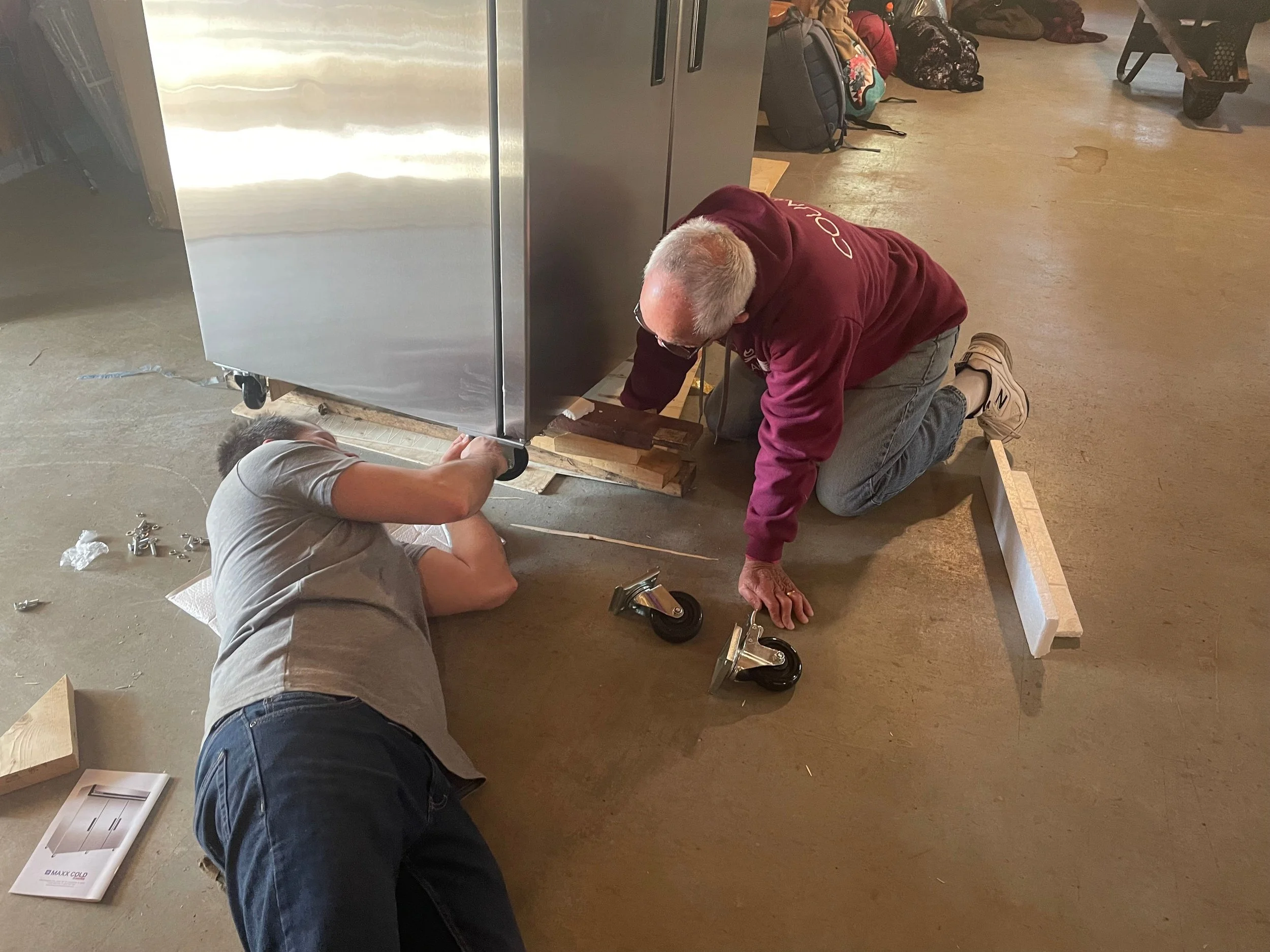
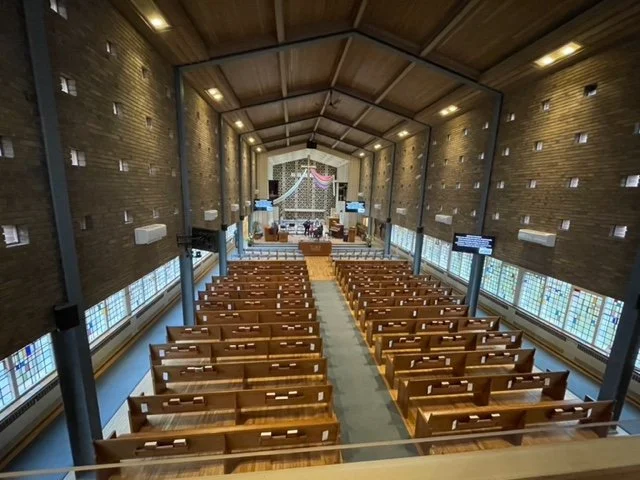








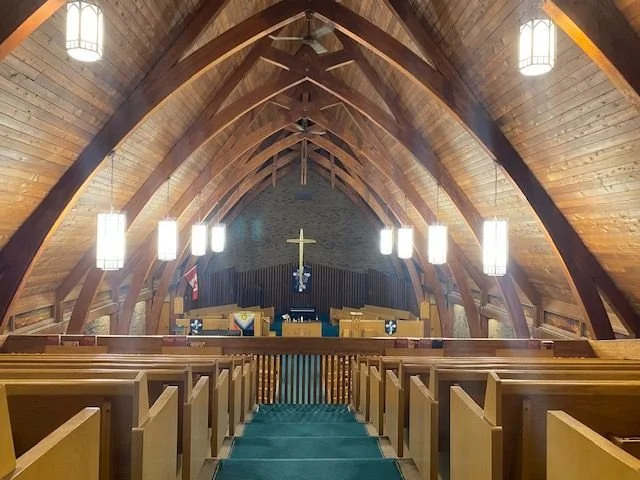





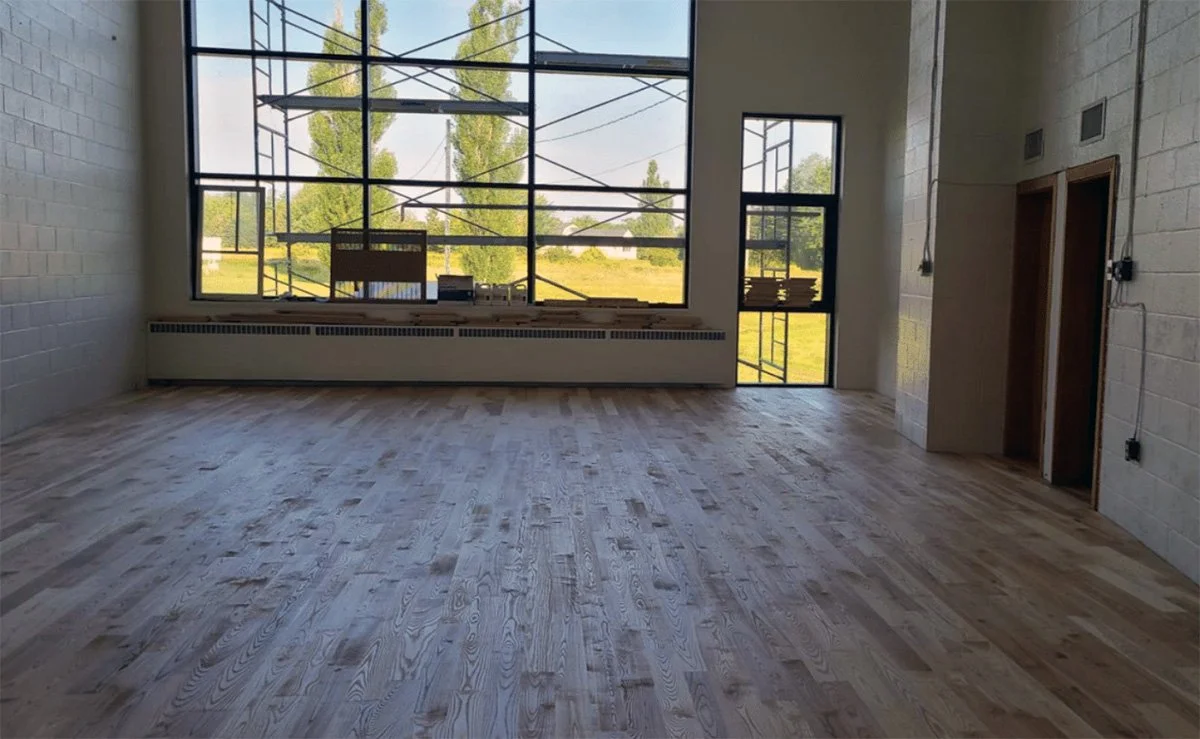

















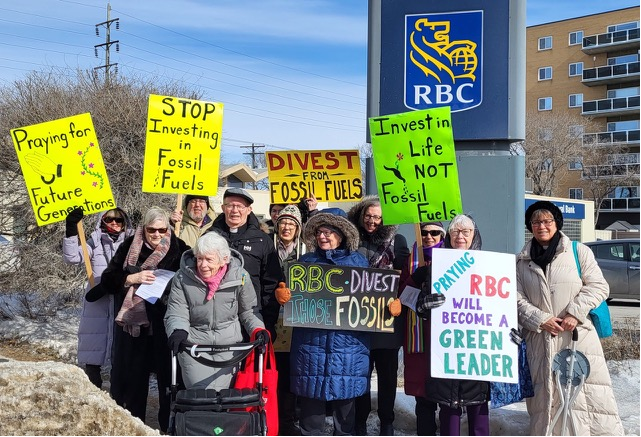
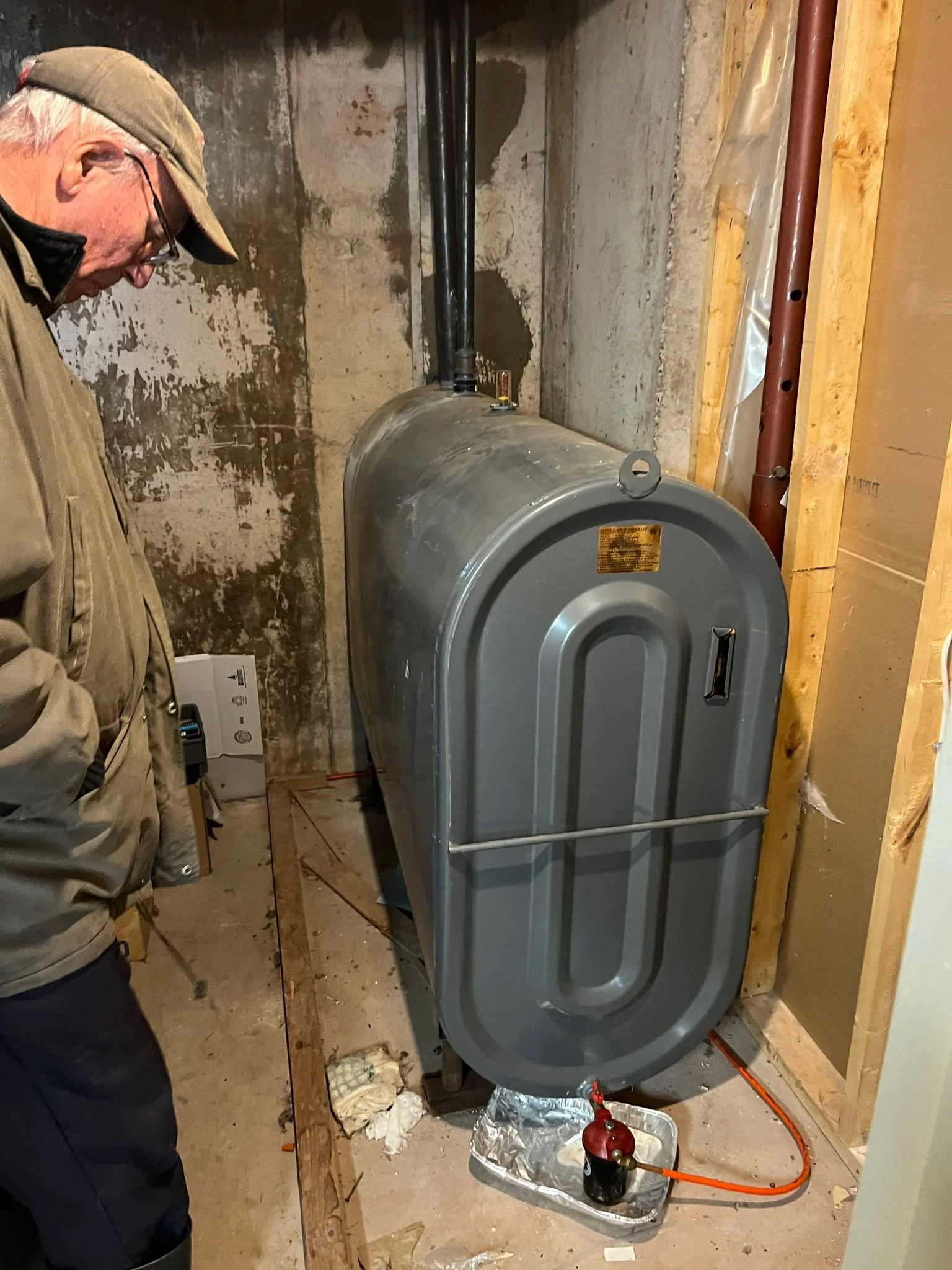













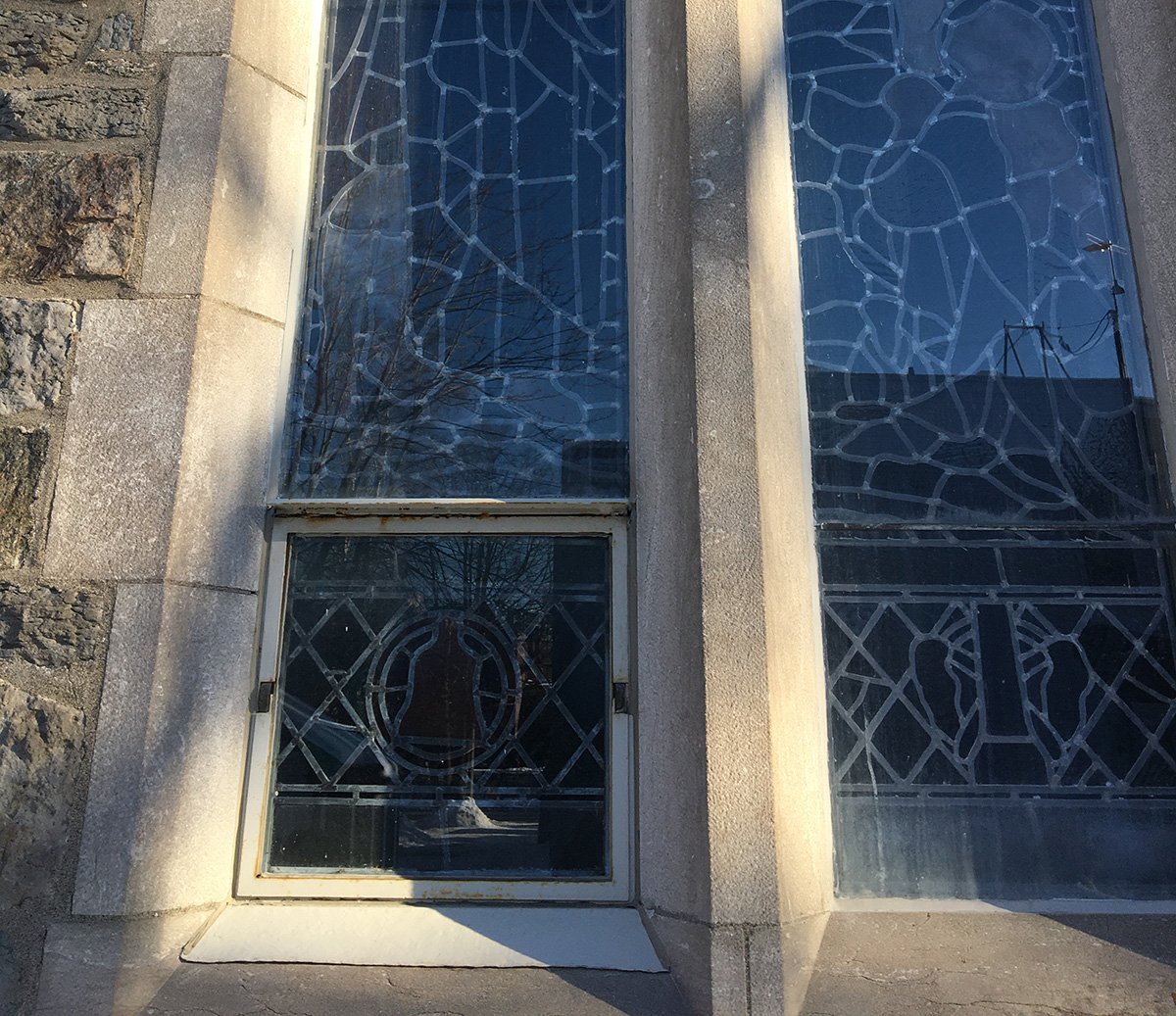



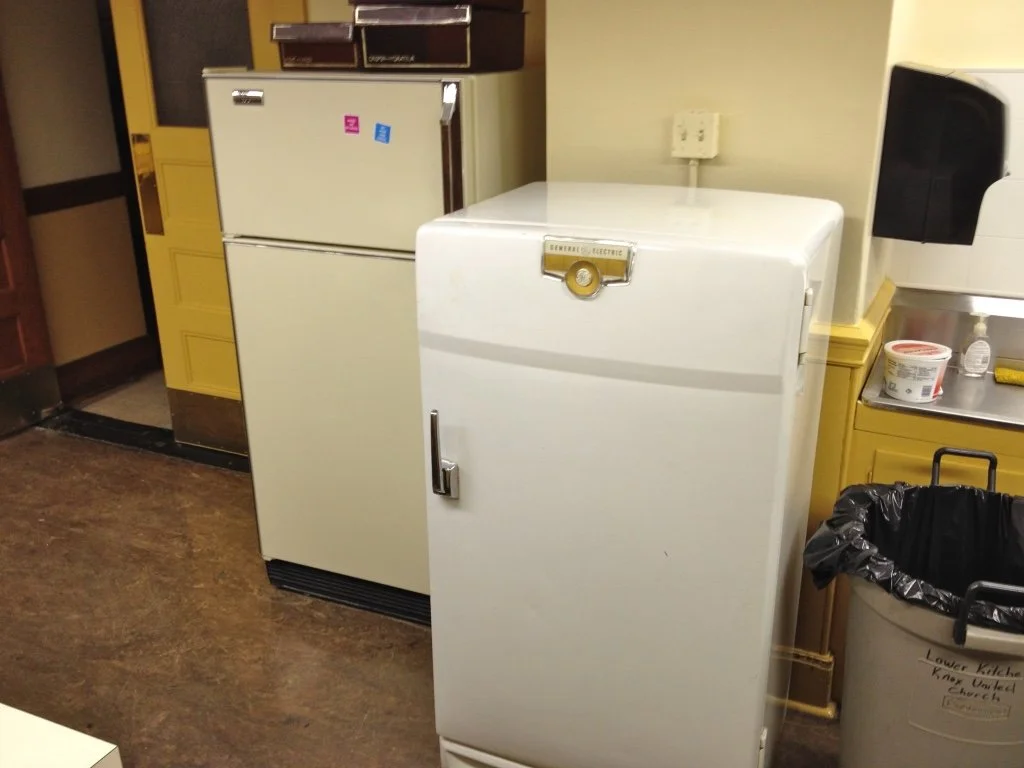

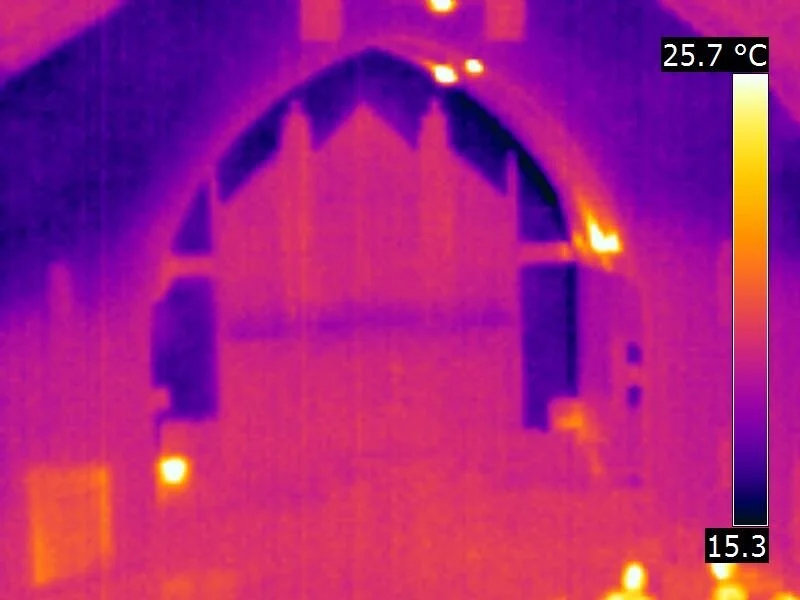




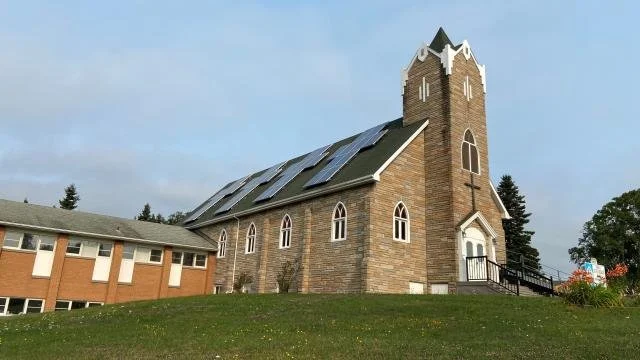


With a shared ecumenical ministry spanning 13 years, Deer Park United Church and Calvin Presbyterian Church in Toronto, Ontario, serve as a compelling example of the impact that a united mission can have in the realm of climate action.